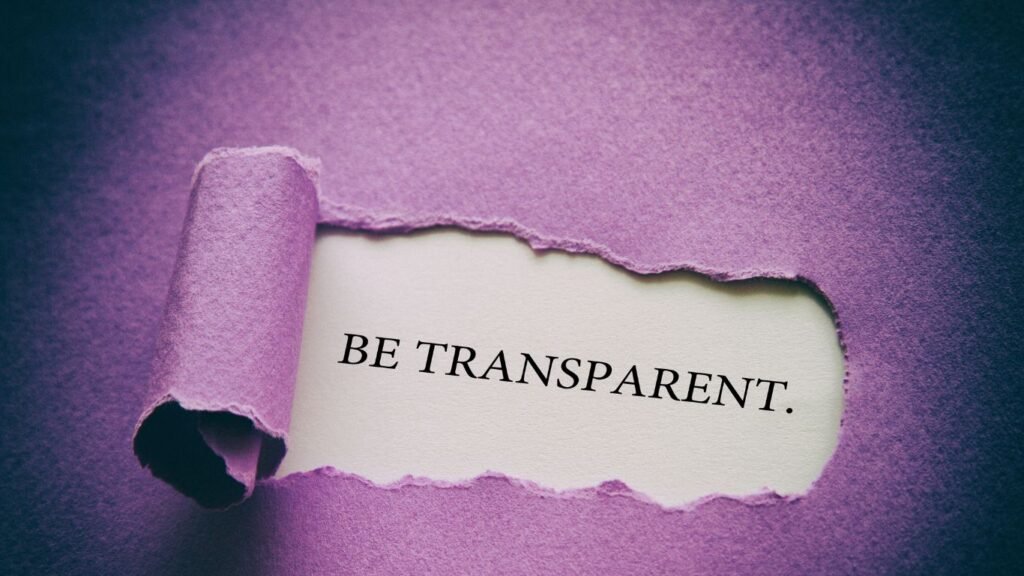Best Monsoon Destinations in India: A Practical Review

India transforms during the monsoon. The dry plains burst into life, the hills glow in emerald hues, and waterfalls thunder down rocky cliffs. Monsoon in India does not only bring rain—it brings romance, adventure, and rejuvenation. But travelers must plan carefully. Rain can make travel tricky, and some destinations may become inaccessible or even unsafe. This article reviews the best monsoon destinations in India from a practical, experience-focused perspective—covering connectivity, weather conditions, value for money, safety, and overall monsoon charm.
1. Munnar, Kerala
State: Kerala
Why Visit: Tea gardens, misty landscapes, cascading waterfalls
Munnar never disappoints during the rains. The lush tea estates turn greener. Mist rolls across the valleys. Attukad Waterfalls and Nyayamakad Waterfalls rush in full flow. Rain enhances the natural beauty, especially for photographers and couples.
Practical Review:
Roads remain accessible but expect occasional landslides near high-altitude bends. Local authorities usually respond quickly, but check weather updates daily. Budget homestays and luxury resorts both remain open, offering discounted rates during monsoon. Avoid long treks during heavy downpours, but you can still walk short trails inside tea plantations.
Travel Tip: Carry rain-proof shoes and avoid booking non-refund stays.
2. Udaipur, Rajasthan
State: Rajasthan
Why Visit: Lakes, palaces, romantic monsoon vibes
Known as the “City of Lakes,” Udaipur stuns during monsoon. Pichola and Fatehsagar Lakes fill up, reflecting palaces and city lights. Rain cools the desert heat and breathes life into dry Aravalli hills. City Palace, Sajjangarh Monsoon Palace, and boat rides feel magical with overcast skies.
Practical Review:
Udaipur doesn’t experience heavy rainfall, making it ideal for leisurely sightseeing. Hotel prices drop slightly. Avoid boating during thunderstorms, but operators follow safety norms. City roads remain clean and navigable, unlike some monsoon-drenched hill stations.
Travel Tip: Pick a lakeside hotel for the best views and atmosphere.
3. Chikmagalur, Karnataka
State: Karnataka
Why Visit: Coffee estates, low tourism crowd, lush hills
Chikmagalur turns into a green haven in the monsoon. Bababudangiri and Mullayanagiri peaks remain cloaked in clouds, and waterfalls like Hebbe and Jhari surge with energy. Rain enhances the aroma of coffee estates and fills rivers and streams.
Practical Review:
Roads into the hills remain motorable, although some forest paths get slippery. Trekkers need caution. Budget travelers and solo explorers will enjoy lower crowds. Rain does disrupt mobile signals, but homestays offer warm hospitality, excellent local food, and indoor entertainment.
Travel Tip: Choose accommodations with backup power, as occasional outages occur.
4. Meghalaya
State: Meghalaya
Why Visit: Wettest place on Earth, lush forests, living root bridges
Cherrapunji and Mawsynram hold world records for rainfall—and monsoon here feels surreal. Clouds drift through homes. Forests shimmer with life. Double-decker root bridges, caves, and waterfalls like Nohkalikai become magical.
Practical Review:
Travelers must plan routes carefully. Rains get intense and persistent. Bring full rain gear. Roads remain operational, but landslides can cause delays. Guides help navigate safer trekking routes. Locals manage tourism well and know how to deal with monsoon conditions.
Travel Tip: Visit caves on clear weather days—water accumulation may block some.
5. Coorg (Kodagu), Karnataka
State: Karnataka
Why Visit: Coffee trails, jungle treks, quiet resorts
Monsoon turns Coorg into a romantic and peaceful hill station. Abbey Falls swells. The Cauvery River flows strongly. The aroma of coffee and spices intensifies in the air. The green landscape refreshes the mind and body.
Practical Review:
Resorts offer monsoon packages with indoor spa treatments and local cuisine. Outdoor treks need experienced guides as trails can become slippery. Road access remains good, especially from Bangalore. The rain rarely disrupts long travel plans.
Travel Tip: Book hillside rooms with large windows to enjoy the mist.
6. Goa (Non-Beach Experience)
State: Goa
Why Visit: Waterfalls, heritage homes, monsoon festivals
Most people skip Goa in the monsoon—but that’s a mistake. Waterfalls like Dudhsagar roar in full force. The landscape glows with green. Portuguese-era homes, churches, and museums offer cozy shelter from the rain. Prices drop by up to 40%.
Practical Review:
Avoid beach swimming—the sea turns rough and dangerous. Focus on spice plantations, old Goa, and waterfall visits. Roads remain excellent. Fewer tourists means peaceful walks and better service.
Travel Tip: Rent a car or hire local transport to avoid rain delays on bikes.
7. Lonavala and Khandala, Maharashtra
State: Maharashtra
Why Visit: Close to Mumbai, stunning greenery, quick escapes
Mumbaikars escape to Lonavala and Khandala every monsoon—and for good reason. Tiger Point, Bhushi Dam, and waterfalls along the ghats offer stunning rain-soaked beauty. Hilltop cafés provide warm tea with panoramic views.
Practical Review:
Heavy weekend traffic clogs roads. Weekday travel works better. Hotels vary in quality, so choose verified properties. Trekking becomes dangerous in places like Rajmachi Fort without guides.
Travel Tip: Avoid slippery cliffside photos and follow safety markers.
8. Valley of Flowers, Uttarakhand
State: Uttarakhand
Why Visit: Rare Himalayan blooms, monsoon-only access
This UNESCO World Heritage Site opens only during monsoon (July–September). Hikers reach the valley after a scenic 16-km trek from Govindghat. The landscape explodes in color—blue poppies, orchids, marigolds—all under cloud-draped peaks.
Practical Review:
The trek needs stamina and gear. Rain makes the route slippery, but authorities maintain bridges and paths. No vehicles go into the valley. Accommodation remains basic but sufficient. Porters and mules help with luggage.
Travel Tip: Book permits and transport early. Carry waterproof hiking boots.
9. Agumbe, Karnataka
State: Karnataka
Why Visit: “Cherrapunji of the South,” rainforests, snake sightings
Agumbe sees constant rainfall during monsoon. Thick forests support rich biodiversity—especially king cobras. Sunset Point, Barkana Falls, and Kundadri Hill create breathtaking views. Researchers, nature lovers, and offbeat travelers love this place.
Practical Review:
Prepare for very wet conditions. Roads remain usable, but walking trails get challenging. Carry flashlight and dry bags. Homestays with meals offer the most reliable accommodations. You will not find luxury here, but you will experience authenticity.
Travel Tip: Respect the forest. Don’t disturb snakes or take unnecessary risks in isolated areas.
10. Alleppey (Backwaters), Kerala
State: Kerala
Why Visit: Houseboats, rice fields, peaceful monsoon vibes
Rain makes Alleppey’s backwaters shimmer. Palm trees reflect in floodplains. Houseboats sail gently, with windows framing tropical showers. Monsoon discounts attract couples and solitude-seekers.
Practical Review:
Opt for premium houseboats with enclosed decks to avoid mosquitoes. Cooking happens on board, and crews take safety seriously. Water level rises, but operators manage trips with daily weather alerts. Avoid water contact if local flooding occurs.
Travel Tip: Book houseboats with transparent refund policies in case of storms.
Final Thoughts
Monsoon travel in India offers unique experiences that no other season can replicate. Waterfalls roar, forests thrive, and mountain towns breathe life. But travelers must prepare realistically. Not every destination handles heavy rain well. Infrastructure, accessibility, and weather patterns differ across regions.
For a scenic escape with minimal travel disruption, Udaipur and Coorg stand out. Adventurers should pick Chikmagalur or the Valley of Flowers. Those craving romance or privacy will love Munnar, Alleppey, or even off-season Goa.
Rain refreshes the soul—but smart planning keeps the journey safe and satisfying. Select your destination based on terrain, accommodation options, travel connectivity, and local monsoon behavior. You’ll enjoy not just the view, but the journey itself.













